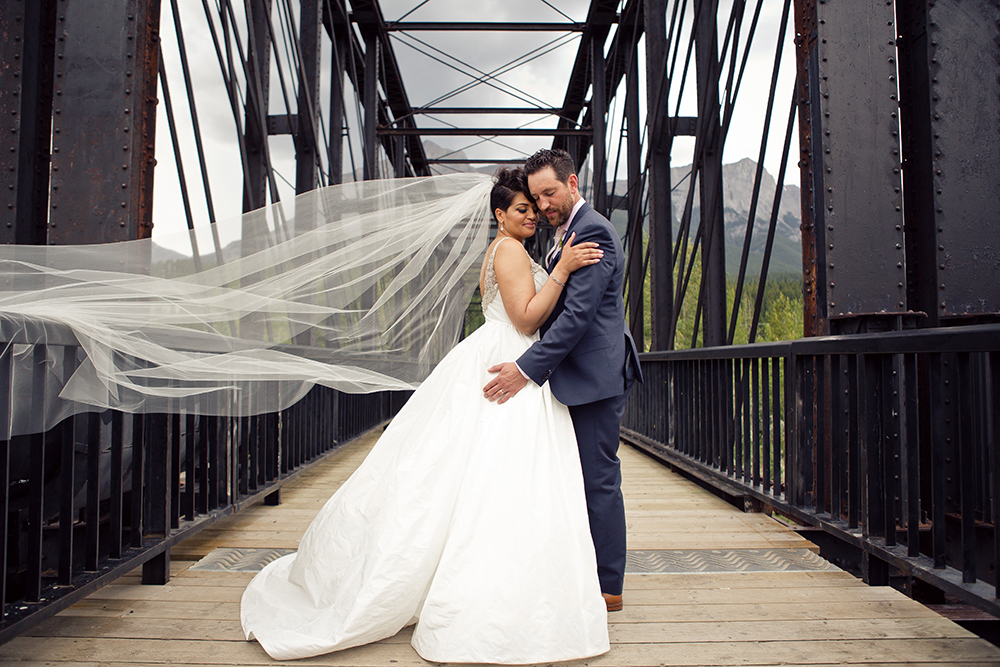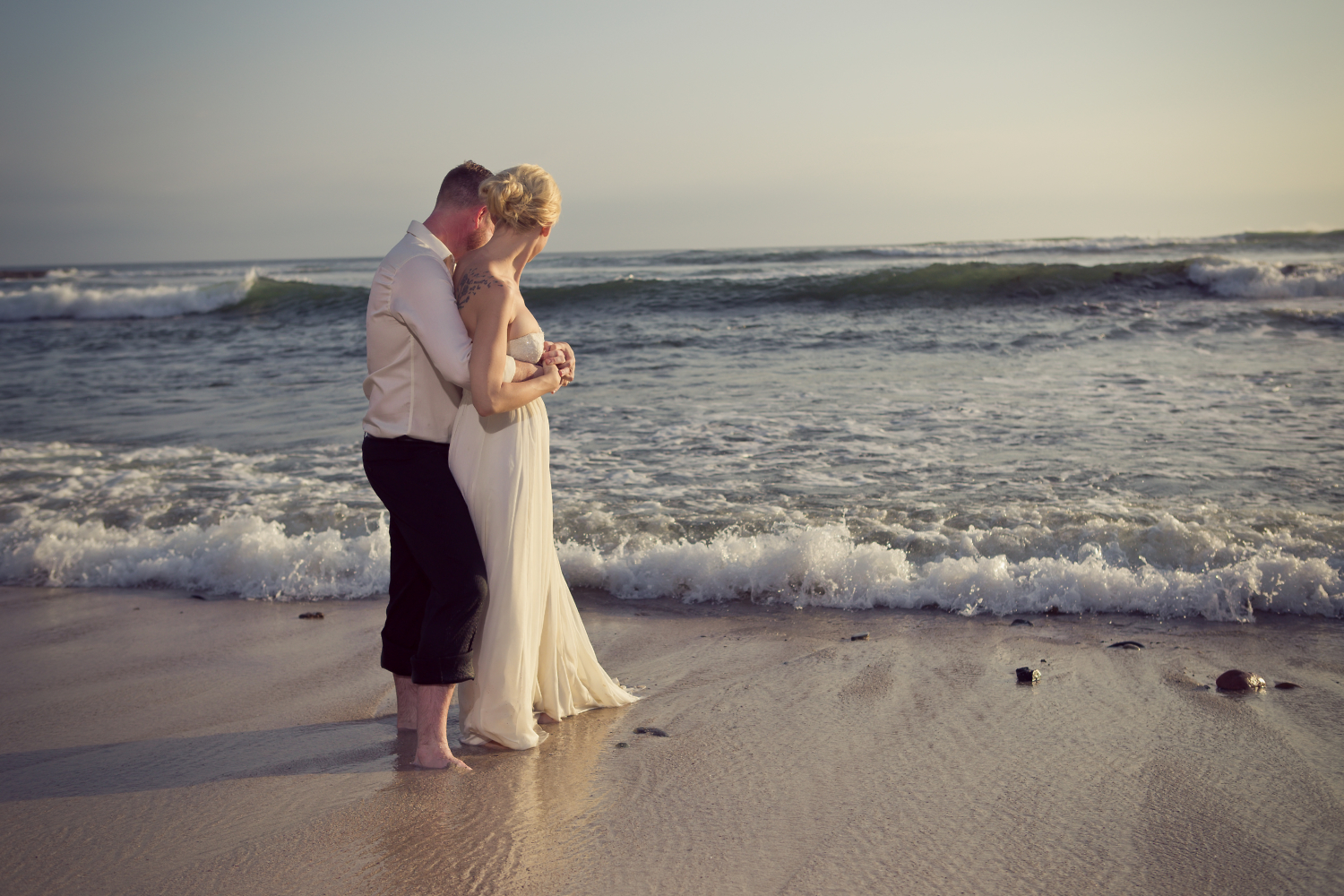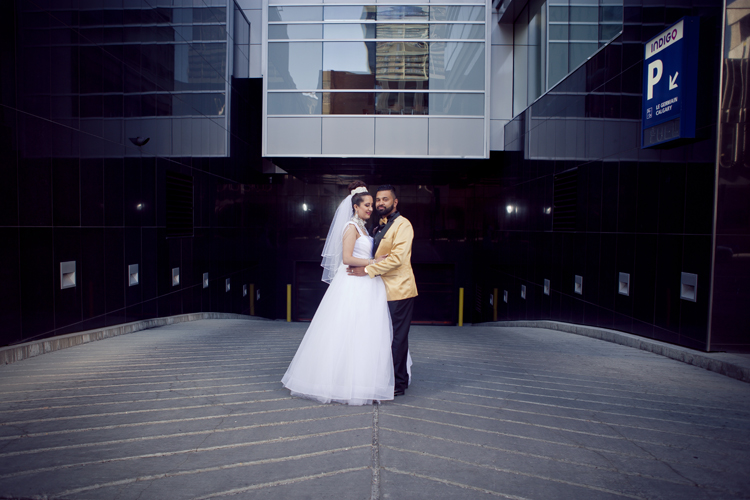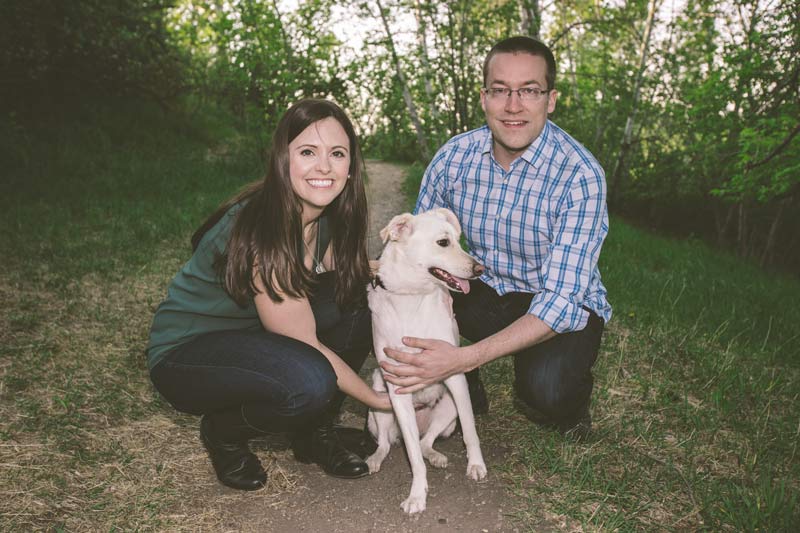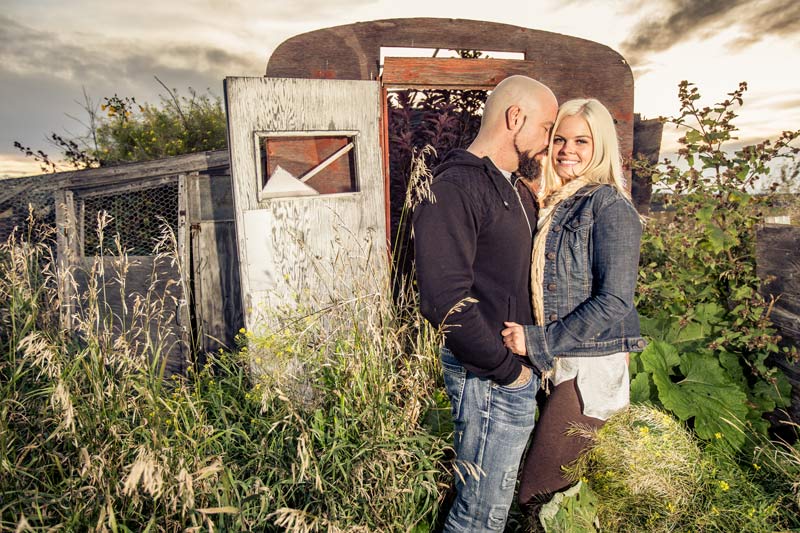In Afghanistan, a Yearbook Takes on Special Significance.
I want to be an engineer and help Afghanistan become a more developed country,” says Naib, a student in Class Eight at the Roots of Peace School in Mir Bacha Kot in the Kabul Province of Afghanistan. He is responding to a question posed by photographer Ruvan Wijesooriya, who asked Naib and his classmates about their hopes for the future while making their portraits for the school yearbook.

Normally, a yearbook is a keepsake for students, teachers, and their families. But for this school in Afghanistan, where education is not a guarantee for everyone, a yearbook symbolizes a triumph. I spoke with Wijesooriya, the creator of the project“Yearbook Afghanistan” by phone and email to find out why and how he ended up getting almost 250 students to say “cheese.”
*****

BECKY HARLAN: Tell me about this school—its beginnings and its mission.
RUVAN WIJESOORIYA: The school was funded in 2006 by the Penny Campaign, an initiative of the nonprofit Roots of Peace, which assists communities affected by war. At the time, the school was an overcrowded makeshift structure which used a sheet to shade the children from the harsh sun. The resulting permanent school structure was a success story, and the Penny Campaign expanded to build several more schools.

PHOTOGRAPH TAKEN BY A STUDENT AT THE SCHOOL IN MIR BACHA KOT
BECKY: How did you get involved?
RUVAN: In 2011, I heard about Penny Campaign projects in Afghanistan. I was interested in visiting a school that educates girls. I believe education should be a human right and that universal women’s education will make the world a safer and better place.
I got in touch with the Penny Campaign and pitched the idea of the yearbook. They loved it, and a few months later they brought me to Afghanistan.

BECKY: What drew you to this part of the world?
RUVAN: I had a pretty different childhood—my parents are Sri Lankan immigrants who moved to Duluth, Minnesota, in the early 1970s, then joined the U.S. Foreign Service in 1980. Every other weekend of my childhood was spent on road trips around the Middle East. Many of those places are at war now, and I feel lucky to have experienced what I did during a time of relative peace. I had never been to Central Asia, so this was totally new territory for me. While I had been in places where terrorism was a constant threat, I had never been in a country where a war was being waged, and certainly not while holding a passport identifying me as an occupier. I felt that my life experience gave me a different viewpoint, and I wanted to take on a project that would exercise it.


BECKY: Why a yearbook?
RUVAN: Shooting a yearbook has been something I have wanted to do since I first got into photography. I knew the format would be an excellent way of documenting the school in a simple and archival way. The yearbook documents the universal experience of being a student, capturing a vast number of faces from a shared experience within a particular time and place. The portraits are unassuming, looking for the best in the subject because they are for the subject. For many of the children it was their first time having their portrait taken.

BECKY: What was your vision for the project?
RUVAN: Most of the ideas for the yearbook came from my own high school yearbook—Cairo American College, Class of 1995. I decided to shoot the project on 35mm film because I wanted the pictures to be timeless. I thought it was important to keep that emotional and nostalgic quality that I feel film preserves. I also came up with questions to ask the older students, e.g., What do you want to be when you grow up?, What do you want for the future of Afghanistan?, and What is your favorite subject in school? When I got back to New York City, I printed the images and sent the kids a picture of themselves—a memory and a reminder of a place and time from their childhood.
The website for “Yearbook Afghanistan” features nearly 250 school portraits of the students (shot in two and a half hours due to security issues and logistical challenges), along with a section of candid shots I made around the school. I also showed a group of the students how disposable cameras work and was able to get the film back from them before I left. Those photos are showcased in a different section. Another section, “Portraits of Afghanistan,” [not pictured here] contextualizes the school by showing a broader collection of culture and landscape photographs.
[Editor’s note: Explore portraits from all nine classes, see the children’s answers to Ruvan’s questions, read a letter from the school principal, and more on the project website.]

PHOTOGRAPH TAKEN BY A STUDENT AT THE SCHOOL IN MIR BACHA KOT
BECKY: What struck you about the school and the students while you were there?
RUVAN: One thing that struck me was how much the students there wanted to learn, wanted to help each other, and wanted to be in class. If a teacher stepped out of class to speak with another teacher, one of the students would attempt to lead the class. Seeing students teaching other students was inspiring. Of course, as with any school, kids are still goofing off in class, and lunch break is chaotic, but there seemed to be an overriding sense of gratitude that the children had for their school. Many could remember a time when they didn’t have the privilege of having a building or even a toilet. There is still no running water there. Most of these children would likely be working if they were not in school, and it became clear that these kids had to become responsible at a young age.
On one hand this was heartbreaking; on the other hand it is an example of human drive, strength, and resilience. This school gives the kids the ability to read and write and foster a curiosity for the world. Most importantly, education allows them to expand the possibilities in their future.

Hover or click to read full list of student names.
BECKY: The number of girls in the class photos dwindles as the children get older. Can you talk about that?
RUVAN: I knew photographing a student body in Afghanistan would naturally expose gender inequalities. This is a very important facet of the work and part of what the project seeks to document. However, this school allows girls to attend, which is a rare and good thing. Rarer so are classrooms with both boys and girls.
Women disappear in the later grades because at puberty women are typically in arranged marriages. Once at puberty, the vast majority of women become invisible to the public.

Hover or click to read full list of student names.
BECKY: Was the yearbook more for the students, teachers, and school community, or to share with the rest of the world?
RUVAN: The yearbook is something for everyone. I did this for so many reasons—to share pictures with the kids at the school, to share them with you right now, to provide visual data for sociologists, to give a different visual perspective. My own self-exploration from this project continues to this day. I felt that now is the time to release it free to the public as a larger documentary project. I think these portraits demystify people who many in my country have come to understand as “different” and at times “the enemy.” In 2001, shortly after September 11, 2001, in New York City, I overheard too many people saying things like, “We should bomb them [Afghans] back to the Stone Age.” I’m releasing “Yearbook Afghanistan” online in large part for those people and their children.


PHOTOGRAPH TAKEN BY A STUDENT AT THE SCHOOL IN MIR BACHA KOT
***
See the complete “Yearbook Afghanistan” project here.
According to Wijesooriya, the school in Mir Bacha Kot needs continual funding to allow maintenance and growth. To learn more about Roots of Peace and their work with schools through the Penny Campaign, visit their website.
See more of Wijesooriya’s work on his website and follow him on Instagram.
